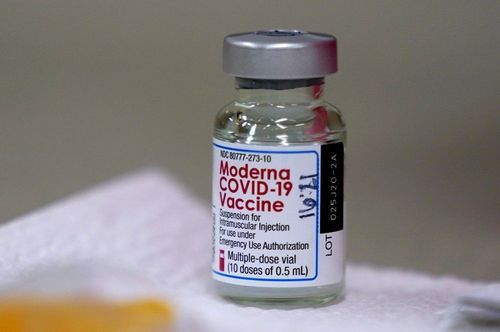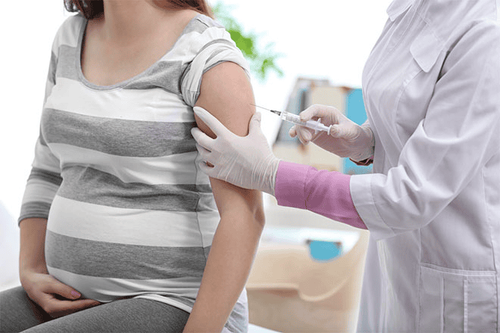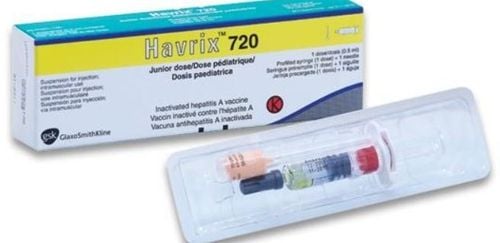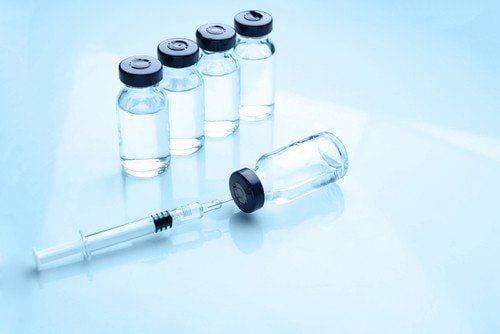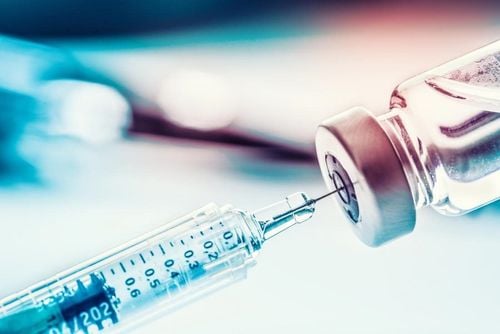This is an automatically translated article.
Vaccines are one of the great achievements of modern medicine. Humans repel and eliminate many diseases thanks to vaccines. There are many different types of vaccines, let's learn about inactivated vaccines through the article below.1. What is a vaccine?
Vaccines are antigenic biological preparations, derived from microorganisms (which can be whole or in part or have a similar structure) used to create active specific immunity, to increase immunity. resistance of the body to certain pathogens. The principle of using vaccines is to introduce into the body antigens derived from pathogenic microorganisms or microorganisms with antigenic structure similar to pathogenic microorganisms, which have been prepared to ensure safety. necessary, causing the body to create a state of self-immunity against the pathogen (ie, artificial active immunity).
The four commonly used vaccines are live attenuated vaccines, inactivated vaccines, subunit vaccines, and attenuated vaccines.
1.1 What is an inactivated vaccine?
Inactivated vaccines are produced by culturing agents, then inactivating them with heat and/or chemicals, or by extracting only the necessary part from the agent (e.g. pneumococcal polysaccharide envelope) .
Inactivated vaccines include whole inactivated vaccines and subunit vaccines, and depending on the classification, the presence of toxoid vaccines.
1.2 What is a universally inactivated vaccine?
Totally inactivated vaccines are produced by culturing agents, then inactivating them with heat and/or chemicals.
The whole inactivated vaccine does not contain a living agent, therefore cannot replicate, and therefore must provide the required amount of antigen in one dose. The advantage of this vaccine is that it cannot cause disease in any case, even in immunocompromised people.
Totally inactivated vaccines always require repeated doses, because a single dose will not induce the necessary immune response. And most inactivated vaccines cause only humoral immunity, not cellular immunity.
Currently inactivated vaccines include pertussis, typhoid, cholera, plague, polio, rabies, influenza, hepatitis A.
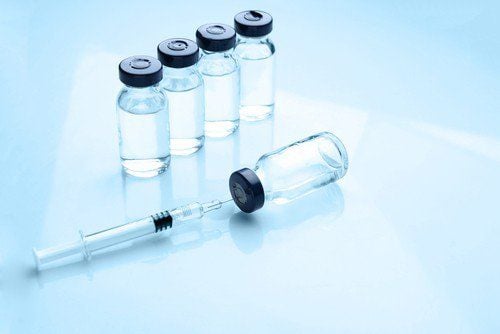
Ưu điểm của vắc-xin bất hoạt toàn thể là không thể gây bệnh trong bất cứ trường hợp nào
1.3 What is a subunit vaccine?
Subunit vaccines are similar to whole inactivated vaccines in that they do not contain the living pathogen, but differ from fully inactivated vaccines in that the component of the subunit vaccine contains only the antigenic fraction. required from pathogens to induce an immune response.
The process of creating subunit vaccines is also more complicated than usual because it is necessary to accurately determine the required antigen from the many subunits of the pathogen, and this antigen must cause a response effective immunity.
Because it does not contain live pathogens, subunit vaccines are completely safe to use in humans, even in immunocompromised cases.
Usually subunit vaccines induce an immune response at the time of administration, however, it is not certain to maintain an immune response in the future, so the efficacy of subunit vaccines is less than that of subunit vaccines. with live attenuated vaccines.
Subunit vaccines can be further subdivided into:
Protein-based subunit vaccines, polysaccharide vaccines, and conjugate subunit vaccines vaccine) Subunit vaccines currently available include pertussis, pneumococcal, meningococcal, Hib, hepatitis B, HPV, and shingles vaccines.
1.4 What is a toxoid vaccine?
Toxoid vaccines are created based on toxins produced by bacteria (eg, tetanus or diphtheria toxoids).
There are some cases where the pathology appears not directly caused by bacteria, but produced by bacterial toxins. The toxin enters the bloodstream and causes symptoms, for example in the case of tetanus, the symptoms present in the patient are not caused by the bacteria tetanus (Clostridium tetani), but by the neurotoxin tetanospasmin secreted by tetanus bacteria.
Toxins of a protein nature are rendered harmless and used as antigens for vaccine production. This treatment usually uses chemicals (such as formalin), but other methods (such as heat treatment) can also be used. The manufacturing process allows the toxin to be absorbed into the excipients, which are aluminum salts or calcium salts, to increase the effectiveness of the immune response.
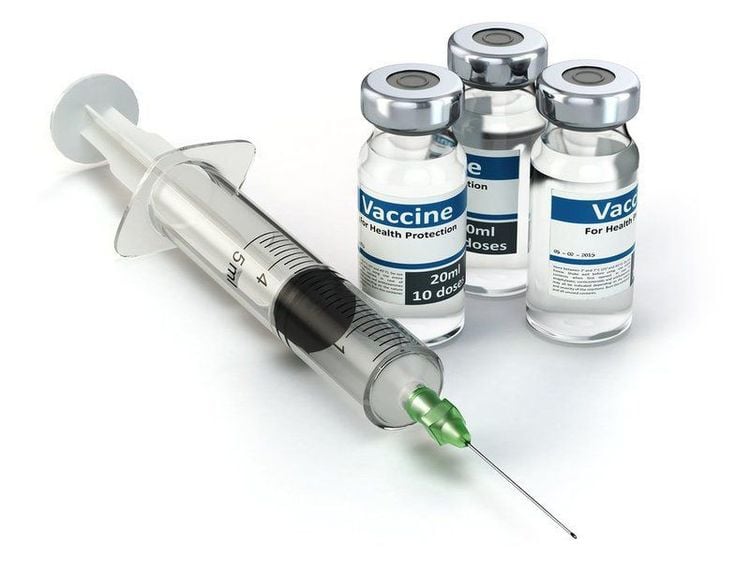
Vắc xin giải độc tố được tạo ra dựa trên độc tố mà vi khuẩn sản sinh ra
The antitoxin vaccine is completely safe for users, has high stability, is less sensitive to changes in temperature, humidity and light (so the preservation process is also much easier than compared to other vaccines). with vaccines that require strict storage conditions such as live attenuated vaccines).
The antitoxin vaccines available are diphtheria toxoid and tetanus toxoid.
Vinmec International General Hospital has implemented many vaccinations against diseases. In addition, Vinmec is currently providing a Package Immunization Program with a variety of vaccines for different audiences, from infants, young children, adults, and women before and during pregnancy.
Please dial HOTLINE for more information or register for an appointment HERE. Download MyVinmec app to make appointments faster and to manage your bookings easily.
Articles refer to sources: vaccines.gov, who.int




